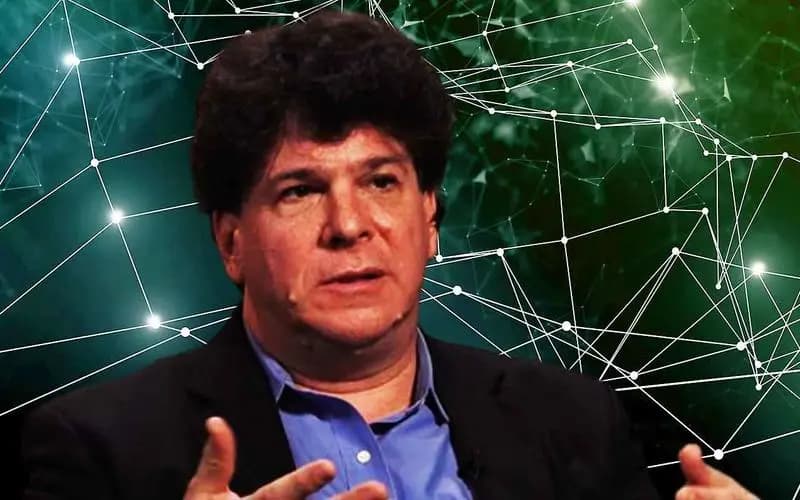Two Approaches Define Quantum Gravity Unification Debate, Says Eric Weinstein

Theoretical physicist and mathematician Eric Weinstein recently highlighted a fundamental divergence in the ongoing quest to unify General Relativity with quantum mechanics, a challenge often termed quantum gravity. In a recent social media post, Weinstein observed that physicists discussing this unification often reveal their underlying approach by stating one of two distinct reconciliation goals. This distinction, which he metaphorically referred to as the "1984 Quantum Gravity virus," points to differing views on how to bridge the gap between the classical theory of gravity and the quantum world.
According to Weinstein, one group of physicists articulates the problem as: > "General Relativity has to be reconciled with the Standard Model." This perspective aims to integrate gravity into the existing framework of the Standard Model of particle physics, which successfully describes the electromagnetic, weak, and strong nuclear forces using quantum field theory. This approach seeks to quantize gravity within the established principles that govern subatomic particles and their interactions.
The alternative approach, as noted by Weinstein, states: > "General Relativity has to be reconciled with Quantum Theory." This broader formulation implies a more fundamental challenge, suggesting that the unification might require a re-evaluation or expansion of quantum theory itself, rather than merely fitting gravity into the Standard Model's current structure. This perspective acknowledges that quantum theory encompasses a wider set of principles beyond the specific particles and forces described by the Standard Model.
Eric Weinstein, known for his own proposed unified field theory, Geometric Unity, has been a vocal critic of what he perceives as stagnation in theoretical physics, particularly in quantum gravity research. His "1984 Quantum Gravity virus" metaphor likely refers to a period around the mid-1980s when certain theoretical frameworks, such as string theory, gained significant dominance, potentially narrowing the scope of inquiry for some researchers. He argues that an overreliance on specific paradigms may hinder progress toward a comprehensive theory.
The debate over these two distinct approaches underscores the profound challenges inherent in formulating a quantum theory of gravity. General Relativity describes a smooth, continuous spacetime, while quantum mechanics describes a discrete, probabilistic reality. Whether the solution lies in extending the Standard Model or in a more radical re-conception of quantum mechanics, the path to a unified theory remains one of the most significant unsolved problems in modern physics, influencing the direction of research and the development of new theoretical frameworks.